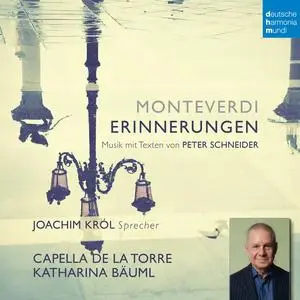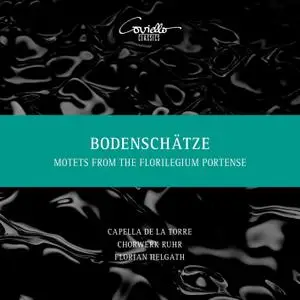Capella de la Torre & Katharina Bäuml - Monteverdi - Erinnerungen (2023)
WEB FLAC (tracks) - 336 Mb | MP3 CBR 320 kbps - 181 Mb | 01:18:45
Classical, Sacred, Vocal | Label: deutsche harmonia mundi
WEB FLAC (tracks) - 336 Mb | MP3 CBR 320 kbps - 181 Mb | 01:18:45
Classical, Sacred, Vocal | Label: deutsche harmonia mundi
Claudio Monteverdi gave music history a series of musical ideas that still have an impact today - ostinato basses like the "walking bass", the ciaccona or the lamento bass with its four descending tones, dramatic dirges like the Lamento d'Arianna, accumulated dissonances like am End of the Ballo delle ingrate, which sometimes touches the boundaries of the atonal.



